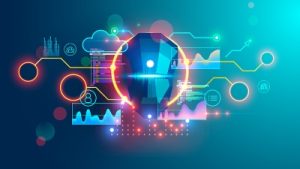
Building efficiencies into government requires more than adopting new technologies that automate processes. It also involves updating how the government procures those technologies, as well as other goods and services. Several Executive Orders (EOs) have addressed improving the procurement process across government. In response, some recent updates and guidance show progress is being made in revisiting the requirements companies must meet to sell to the government.
OneGov
The General Services Administration (GSA) was created as a centralized function for the administration of government. This included managing procurement, office space, supplies, and records. Over time, these functions have migrated back into individual agencies for a variety of reasons, a key one being (ironically enough) efficiency. Many agencies started their own contracting vehicles and took on more procurement activity because they felt they could better serve the needs of their workforce and missions themselves. In some cases, this was true, but the spread of responsibility led to great duplication in effort and weakened the government's buying power. Continue reading







